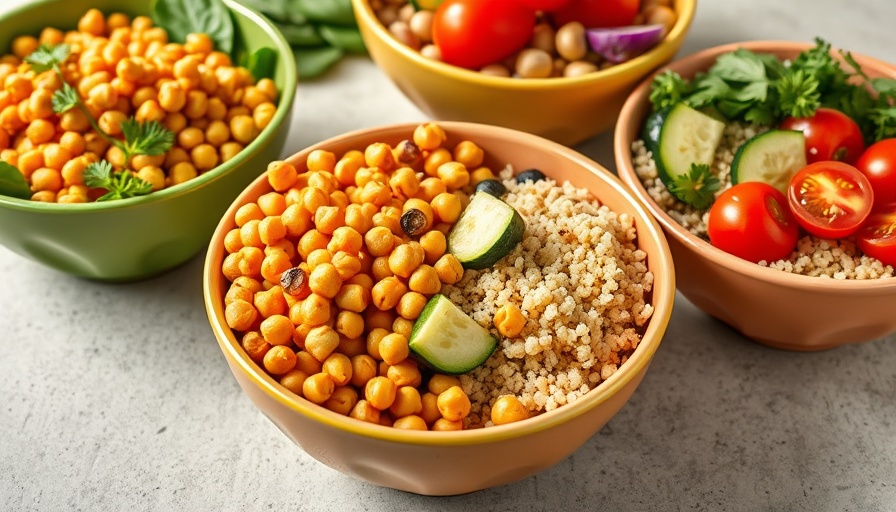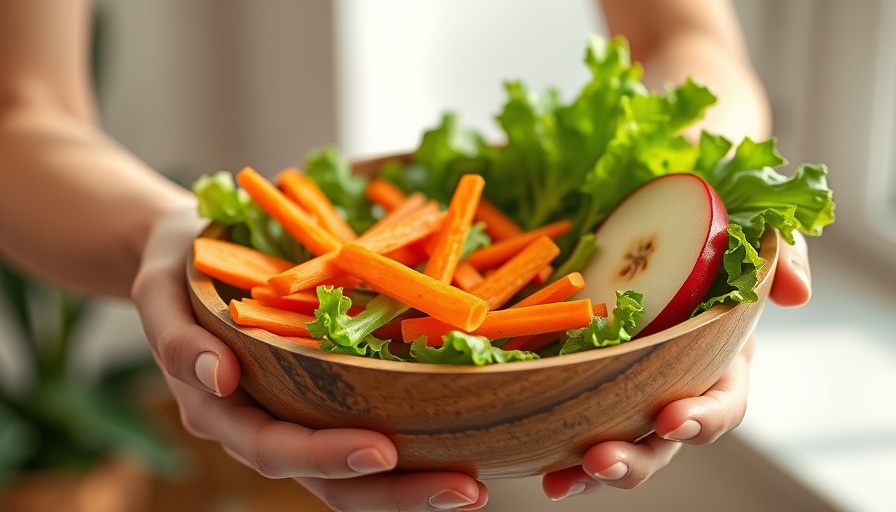
Maximizing nutrition through sensory-specific satiety
We’ve all been there: reaching for a second helping, and suddenly, the appeal is gone. This phenomenon, known as sensory-specific satiety, reveals how our bodies respond to the monotony of our meals. When we consume the same food repeatedly, our desire for it diminishes. In a striking experiment, participants who imagined eating cheese repeatedly ended up consuming less actual cheese later, illustrating the disconnect between expectation and reality.
It's this intriguing quirk of human psychology that holds the key to leveraging sensory-specific satiety for healthier eating habits. Think about it: the first bite of a rich chocolate cake is enchanting, but by the tenth bite, the excitement wanes. What if we could capitalize on this biological quirk to foster better dietary practices?
The role of food variety in appetite regulation
There's solid evidence that varying our food choices can be the secret weapon against overeating. Studies suggest that while variety in unhealthy foods can lead to excess caloric intake and weight gain, introducing a broader spectrum of healthy foods can have the opposite effect. Imagine a colorful plate brimming with different fruits and vegetables, each contributing unique nutrients and flavors. Not only does this kaleidoscope of food provide crucial vitamins and minerals, but it also stimulates our senses, keeping our appetite under control.
The Dietary Guidelines for Americans once stressed a “variety of foods.” Today, the message is clearer: we need diversity among healthier options. This shift acknowledges that while too much choice can overwhelm and mislead us, the right kind of variety can fortify our health.
Lessons from the potato study
Boiled potatoes have been illuminated in studies as the most satiating food, far outpacing rice and pasta. In dietary terms, this news is revolutionary. Just 240 calories of potatoes compactly fill you up, unlike calorie-dense snacks that barely make a dent in your hunger. This doesn’t just challenge our usual dietary assumptions; it invites us to reconsider our meals entirely.
Relying on low-calorie-density foods like potatoes can also demystify the cravings for unhealthy options. The beauty of potatoes lies in their ability to quell hunger without heavy fat and calorie burdens. By strategically incorporating them into our diets, we can boost satiety and decrease overall caloric intake.
Healthier choices backed by research
Research consistently shows that individuals introduced to a greater variety of vegetables consume more overall, while still crowding out less healthy options. This counterbalances temptations from the candy aisle and fast-food ads. Instead of sticking to three go-to snacks, why not experiment with seasonal produce, nuts, or even whole grains? Each new choice provides a chance to enjoy food as it's meant to be—varied, exciting, and nourishing.
Moreover, the studies conducted by dietitians from renowned institutions emphasize the importance of plant-based foods, echoing calls for less dependency on calorie-dense snacks. Their findings promote an intriguing notion: a slight shift towards increasing vegetable intake might well hold the key to addressing obesity and chronic diseases, virtually without the need for drastic diet changes.
Breaking the diet cycle for sustainable health
The hunger games of “mono diets” only lead to fleeting successes followed by disappointing setbacks. Those following restrictive diets like the cabbage soup or oatmeal plans might see initial benefits, but over time, the monotony staves off sustainability. They become a breeding ground for nutrient deficiencies while appealing to the brain’s need for stimulation.
Instead of following fad diets that claim rapid weight loss, we should harness the principles of sensory-specific satiety and blend healthy eating with variety. Embracing nutritional abundance without sacrificing flavor can pave the way for long-term weight management.
Creating diverse meal experiences
Imagine transforming everyday meals into culinary adventures. Playing with food textures, colors, and flavors—think vibrant salads drizzled with zesty dressings or hearty vegetable stews—can revitalize your mealtime joy. Incorporating seasonal vegetables and engaging various cooking methods can promote a richer sensory experience, reducing the likelihood of feeling overwhelmed by food monotony.
This approach not only prevents boredom, but it also cultivates an ongoing appreciation for food and its impact on health. Instead of relying solely on processed foods, it’s time to explore the fresh landscape the grocery store offers.
Your blueprint for dietary abundance
Start small: swap out one snack with a piece of fruit or explore vegetables that take center stage at meals. Invest time in recipe variety that excites your taste buds. Eating isn't just about sustenance; it's about enjoyment without excess. Leverage the connection between variety and satisfaction to redefine your relationship with food.
By prioritizing a spectrum of healthy foods, you set a platform not just for weight loss but for powerful health gains. So, as you plan your next meal, think about not just what you eat, but how much sparks your interest.
Let your meals succeed in delivering not just taste, but also nutrients vital for your life’s journey. The next time you find yourself reaching for the same snack, remember: variety isn’t just the spice of life; it’s also the key to balanced health.
 Add Row
Add Row  Add
Add 




Write A Comment